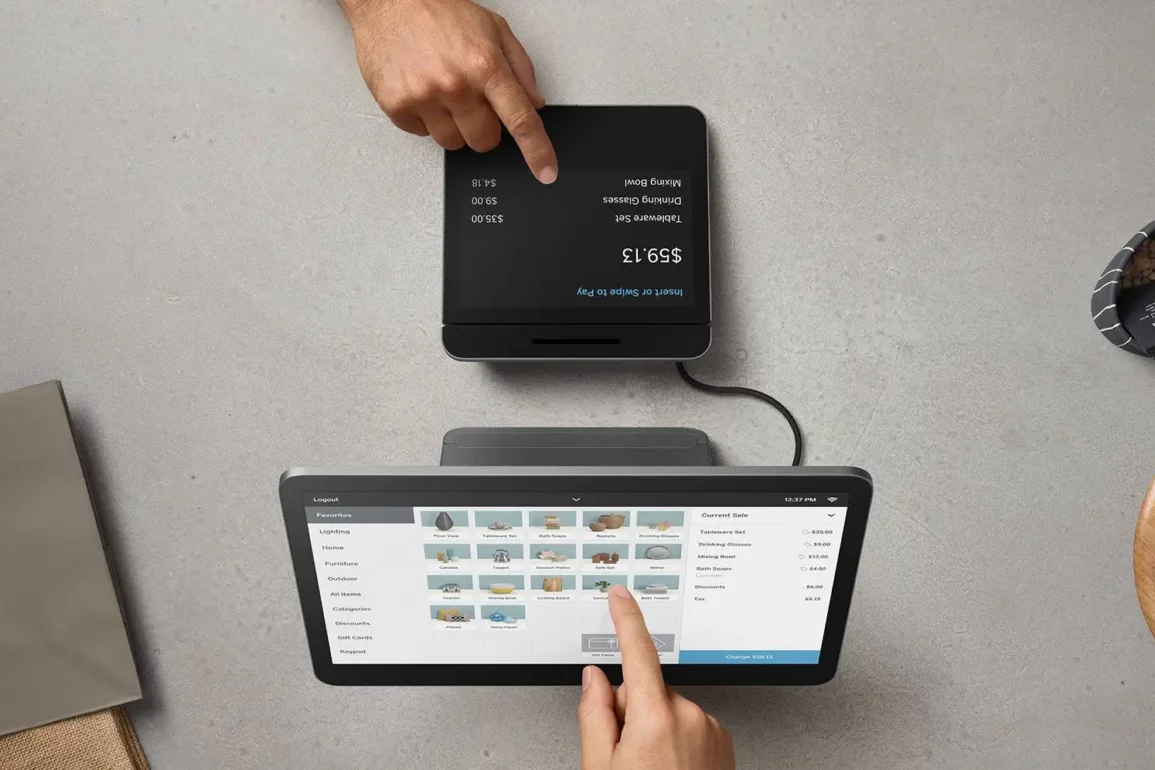The delivery of high-quality patient care in the dynamic and fast-paced healthcare environment of today depends heavily on the effective management of resources. Hospitals and other healthcare facilities are always looking for creative ways to improve scheduling, staffing, and resource allocation. One such innovative gadget that has become quite popular is Smart Square HMH. This article explores the characteristics, advantages, and possible drawbacks of Smart Square HMH as it has a transformative effect on healthcare workforce management.
Understanding Smart Square HMH
A cutting-edge labor management tool created especially for use in healthcare environments is called Smart Square HMH. “Smart Square” refers to the software’s capacity for cost-effective staff resource allocation, while “HMH” stands for “Healthcare Management Hub.” Fundamentally, Smart Square HMH is a full-featured software program that unifies many staffing, scheduling, time-tracking, and reporting facets into a unified platform.
Key Features and Benefits
Automated Scheduling and Staffing
The capacity of Smart Square HMH to automate staffing and scheduling procedures is one of its most notable characteristics. To generate the best possible schedules, the software considers a wide range of variables, such as personnel availability, skill levels, patient demands, and compliance requirements. By preventing overstaffing or understaffing, this practice not only guarantees that the appropriate workers are assigned to the appropriate responsibilities but also enhances operational efficiency.
Instantaneous Data Interpretations
Healthcare administrators are empowered by real-time data insights from Smart Square HMH. They can use this capability to make well-informed judgments on fiscal concerns, resource allocation, and workforce changes. Proactive decision-making is made possible by the software, which offers a comprehensive picture of staff performance, patient volume, and departmental needs. This improves the general standard of patient care.
Streamlined Communication
Effective and unambiguous communication is essential in healthcare environments. The communication capabilities in Smart Square HMH enable smooth interactions between administrators, managers, and employees. By ensuring that shift swaps, last-minute personnel demands, and scheduling modifications can be handled quickly, this feature helps minimize workflow disruptions and communication bottlenecks.
Transforming Healthcare Workforce Management
Enhanced Employee Satisfaction
Better employee satisfaction is a result of Smart Square HMH’s staffing and scheduling procedures being optimized. More equitable and balanced work schedules, fewer cases of burnout from overwork, and greater openness in staffing choices result in a happier and more engaged workforce in the healthcare industry. This can therefore have a favorable effect on patient outcomes and care.
Regulatory Compliance
Strict regulatory frameworks governing workforce ratios, work hours, and skill mix apply to the healthcare industry. Healthcare facilities can stay in compliance with these laws with the help of Smart Square HMH. When generating schedules, the software’s algorithm takes into account union agreements, regulatory requirements, and best practices, reducing the possibility of non-compliance penalties.
Potential Challenges and Considerations.
Implementation Complexity
Smart Square HMH has many advantages, but putting such a thorough system in place can be challenging. Healthcare companies must make sure that the new software is properly integrated with the current software, that staff members are well-trained, and that they have continuous technical assistance to handle any issues that may come up throughout the transition.
Privacy and Security of Data
Healthcare organizations manage private patient data, so data security and privacy are crucial. Robust procedures must be in place to prevent data breaches and unauthorized access, especially with a system like Smart Square HMH that incorporates staff data, scheduling information, and patient data.
The Future of Smart Square HMH
Artificial Intelligence and Predictive Analytics
Predictive analytics and artificial intelligence (AI) combined with Smart Square HMH have enormous promise as technology develops further. AI might be used to forecast patient admittance rates, allowing medical facilities to make proactive staffing adjustments. Scheduling that takes into account projected patient demands and previous data can be optimized with the aid of predictive analytics.
Interoperability and Integration
Perhaps in the future, Smart Square HMH will easily interface with electronic health record (EHR) systems, forming a whole ecosystem in which patient data, scheduling data, and resource distribution will all work together harmoniously. This would improve the overall coordination of the clinical and administrative facets of the delivery of healthcare.
Final Thoughts and Conclusion
One example of the continuous digital change in the healthcare industry is Smart Square HMH. This cutting-edge software transforms workforce management, optimizing staffing, streamlining scheduling, and improving overall operational efficiency in healthcare facilities. While there are certain obstacles to overcome, such as data security and implementation difficulty, Smart Square HMH’s advantages have the power to completely change how healthcare companies handle their most precious asset: their employees. Smart Square HMH is positioned to have a significant impact on how healthcare management develops in the future as technology advances.
